The second stop in our Setouchi tour was Ehime, a prefecture in Shikoku, an island located southwest of Japan’s main island of Honshu. It faces the Seto Inland Sea and enjoys mild to warm weather, not unlike the Mediterranean. From what we experienced, Ehime’s legacy is history and culture. We were about to embark on the cultural part of our travels. Ehime’s Chuyo (central) area is easily accessible from Hiroshima via the Shimanami Kaido, and that’s where we were headed after leaving Ikuchijima in Hiroshima. But before reaching our destination in the castle town of Matsuyama, there was one more stop along the way.
Point 7: Dolphin Farm Shimanami
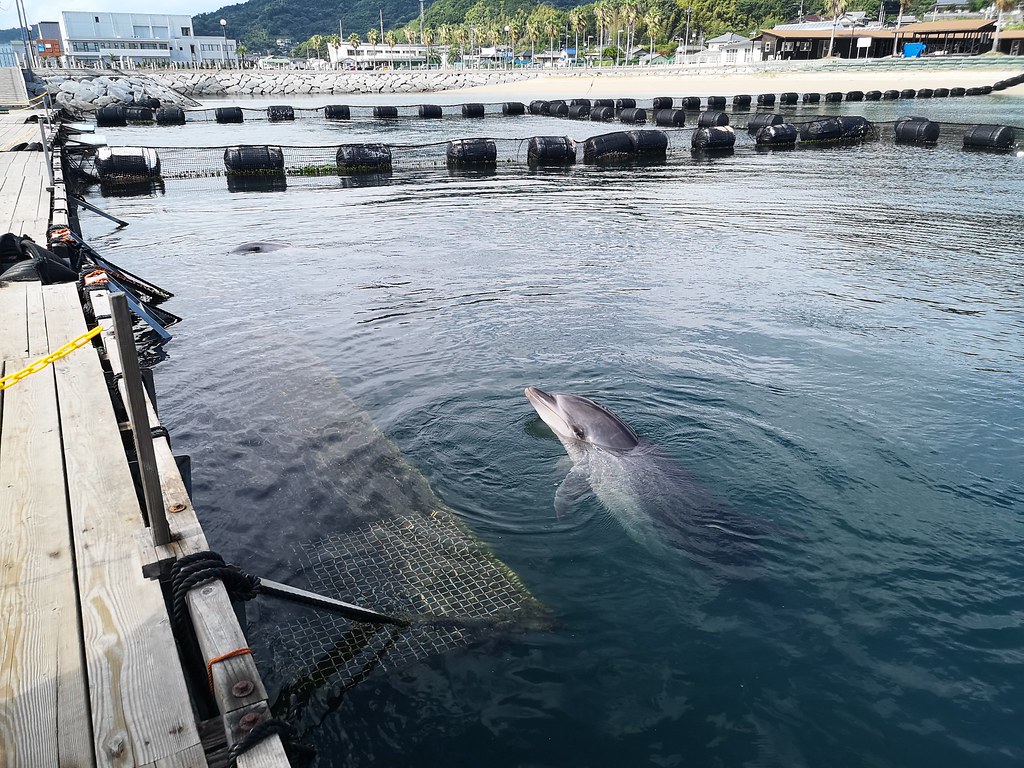
The 80-km Shimanami-Kaido route connects Onomichi City in Hiroshima to Imabari City in Ehime on the opposite shore, spanning six islands and seven bridges in the Seto Inland Sea in between. While we travelled by private car to get from Hiroshima to Ehime, we heard that the route is popular with cyclists as well. Along the way, there are rest stops and places of attraction for cyclists like this three-year-old Dolphin Farm.
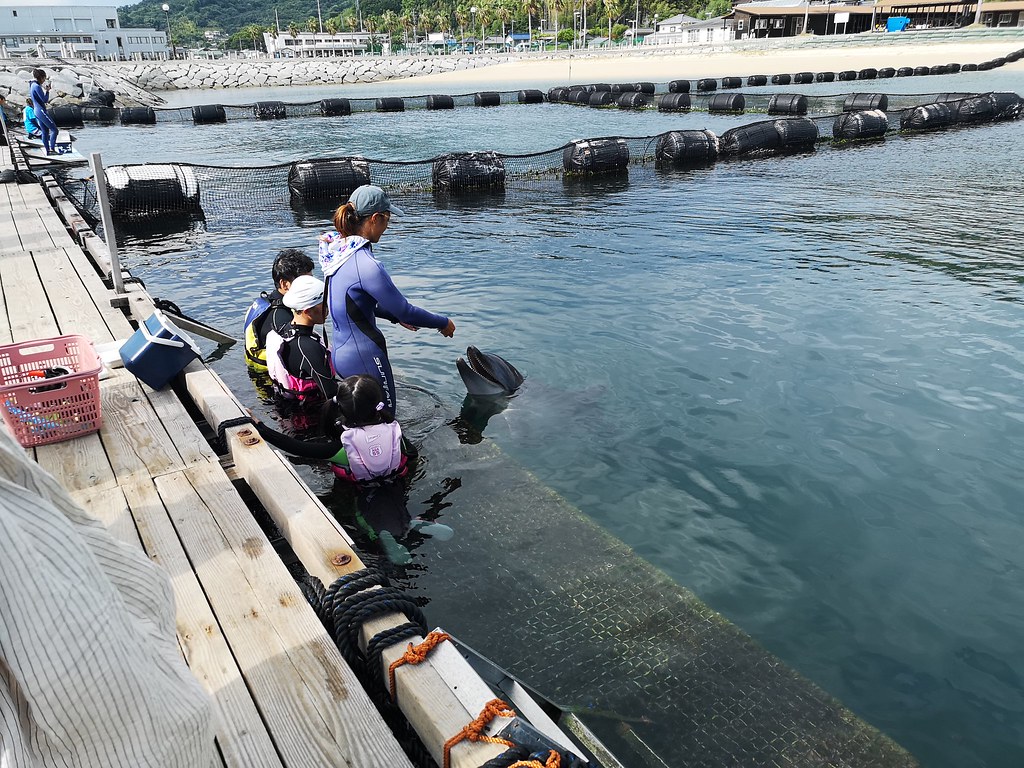
The farm offers tourists the opportunity to touch the dolphins and even swim with them. There are six bottlenose dolphins and two Risso’s dolphins (hana-gondo) on the farm and they each have names. The youngest is five years old and the oldest, 20. They used to live in the wild in the waters off Wakayama but were captured for the farm.
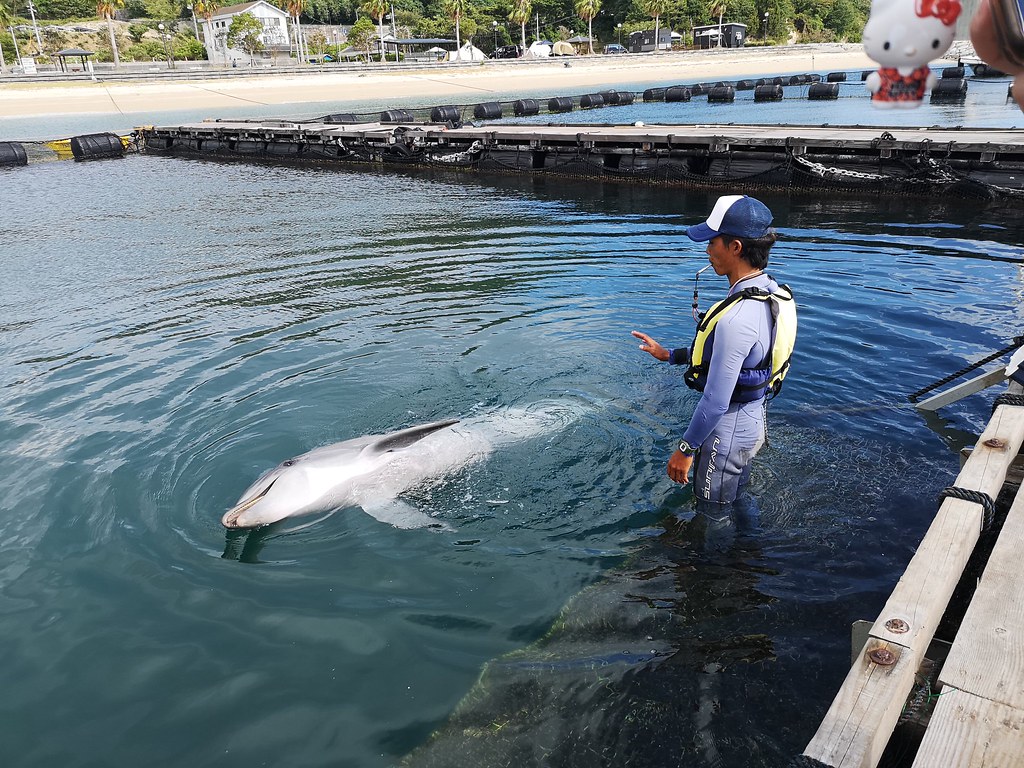
The dolphins are trained to perform simple tricks and are conditioned to swim with humans for fun, shared Ms Joko, the leader of the dolphin caretakers at the farm. They are given a health check every day. When we visited, two of the dolphins got curious enough to come closer to us and replied to our greetings with high-pitched squeaks and chirps. How to get there: By car, bicycle or on foot. Address: Ko-1673 Hakatacho Kanoura, Imabari 794-2302, Ehime Prefecture. Prices: Watch: adult 500 yen, children (4 years old and above) 400 yen; Touch: 5,000 yen (including rental equipment); Swim: 60 min (15 Mar-31 Oct) 9,000 yen, 30 min (1 Nov- 14 Mar) 5,000 yen.
- For Touch and Swim, participants must be 4 year old and above, children below school age must be accompanied by adult.
Must-eat:
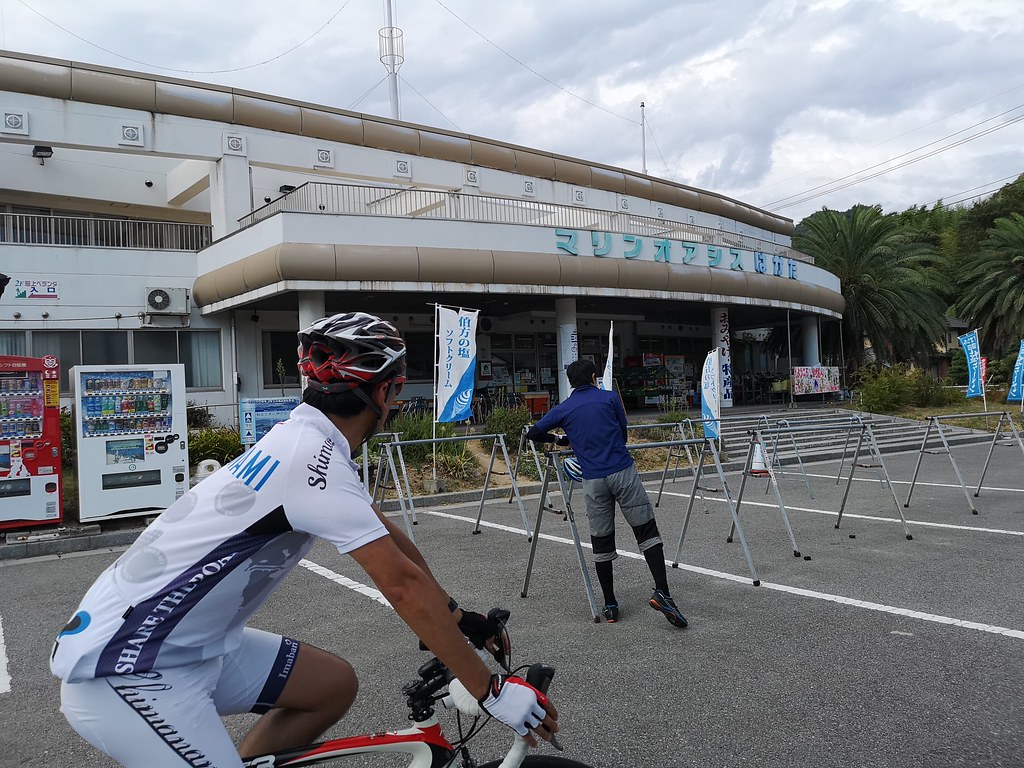


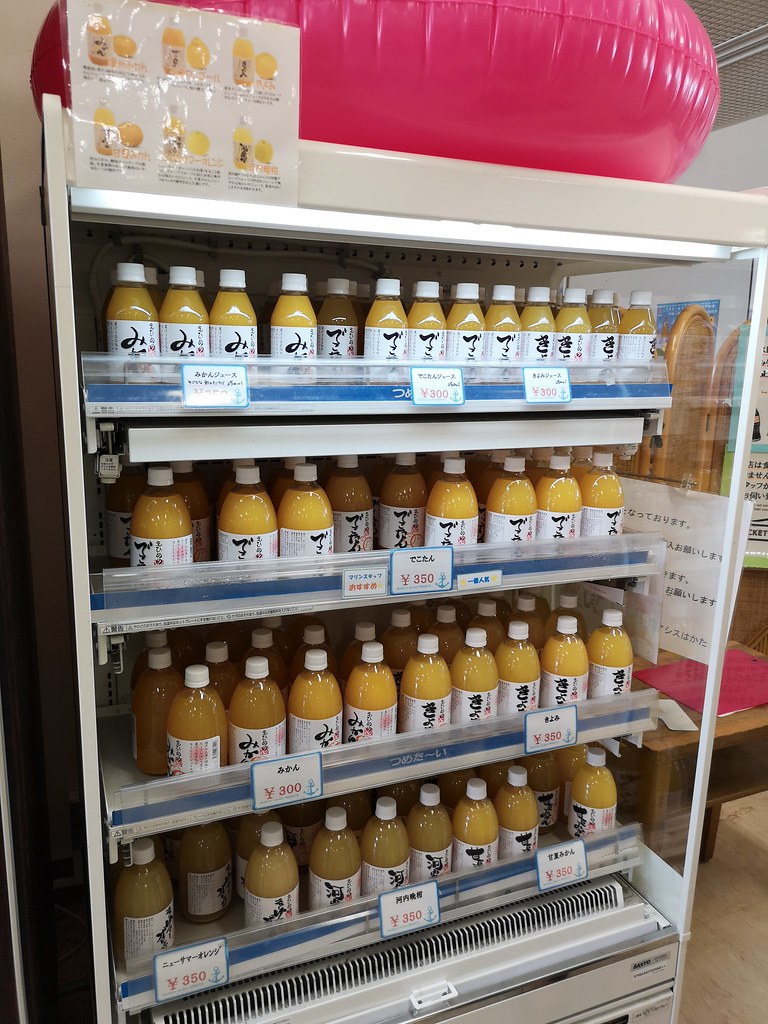
Salty vanilla soft-serve ice cream at the nearby rest-stop. The souvenir shop also stocks an array of orange juices from a variety of oranges, as well as other local produce.
Point 8: Dogo Onsen
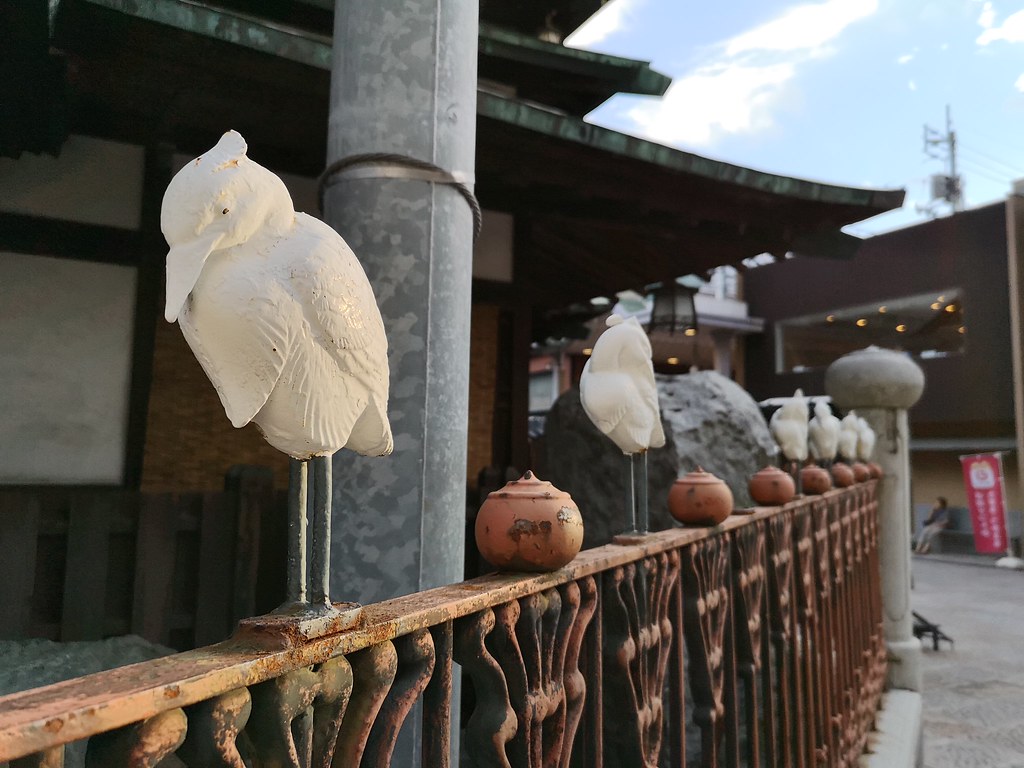
Do you like onsen? Do you like Studio Ghibli’s Spirited Away (2001)? If your answer to both questions is yes, then you will appreciate the Dogo Hot Springs public bathhouse, located in Matsuyama City of Ehime Prefecture. Said to be approximately 3,000 years old, legend has it that a white heron put its injured leg into hot water gushing out of a crevice in some rocks, and was miraculously healed. That’s why the Dogo Hot Spring Main Building is surrounded by sculptures of this white heron.


This three-storied wooden bathhouse was built in 1894, and has been patronised by generations of the Japanese imperial family, as well as many prominent personalities. Meiji Era novelist Soseki Natsume (I Am A Cat, 1905) wrote about the main building of Dogo Hot Spring in his novel Botchan, and there’s a Botchan Room in his honour at the bathhouse. So you see, Dogo Hot Springs is not just any onsen – due to its history, it has been designated as important cultural property by the government of Japan. In fact, it was the inspiration for Yubaba’s bathhouse in Hayao Miyazaki’s animated film Spirited Away. We were lucky enough to have been brought on a guided tour of Dogo Hot Spring, because there’s so much to learn about the building’s heritage.
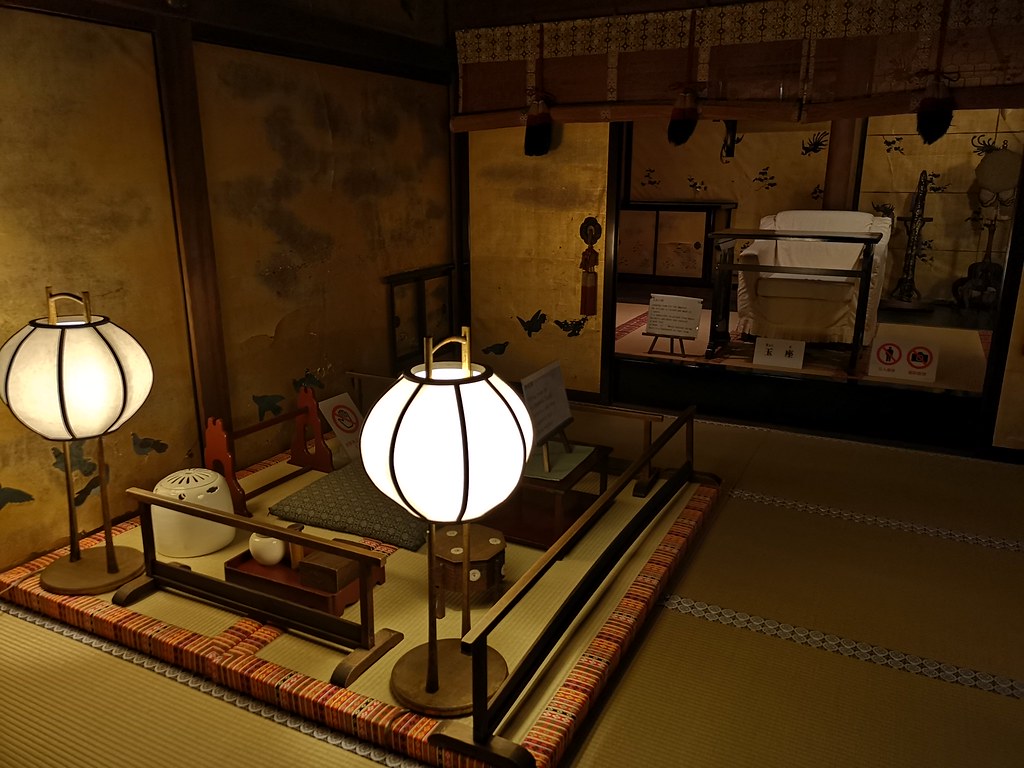
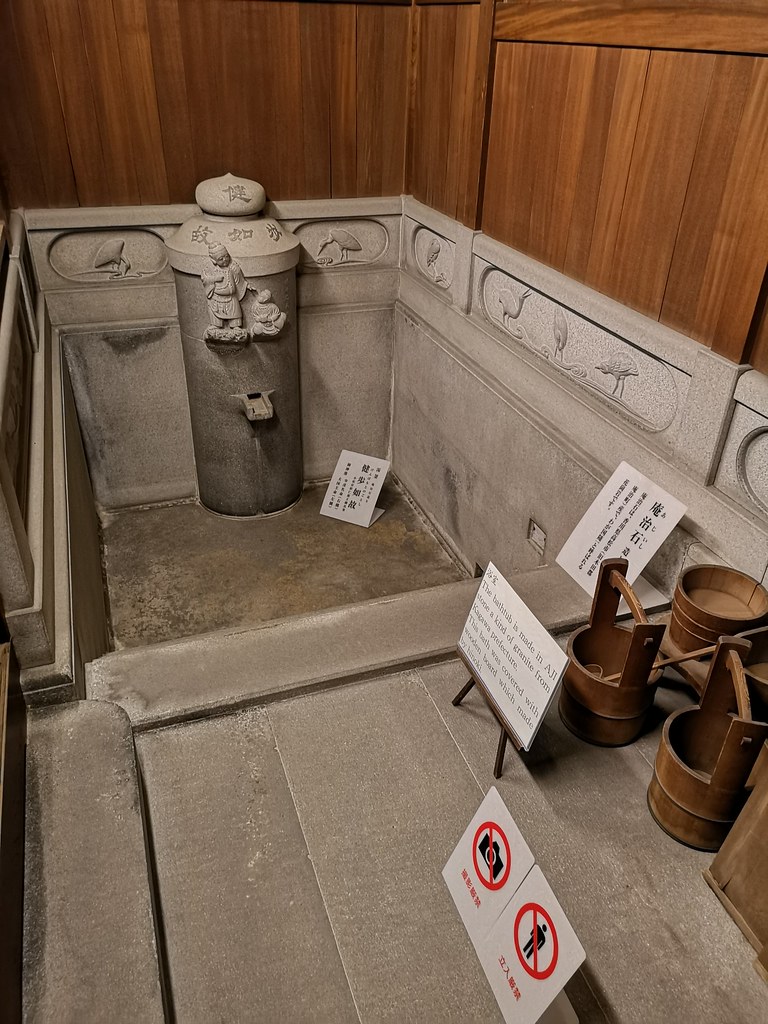
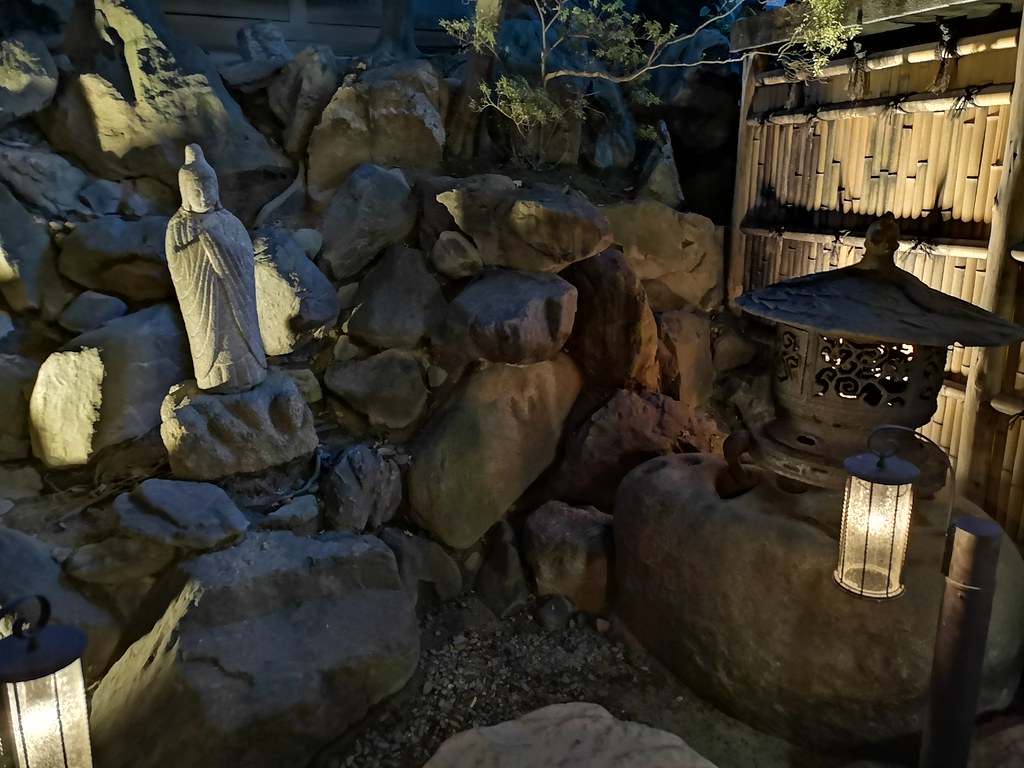
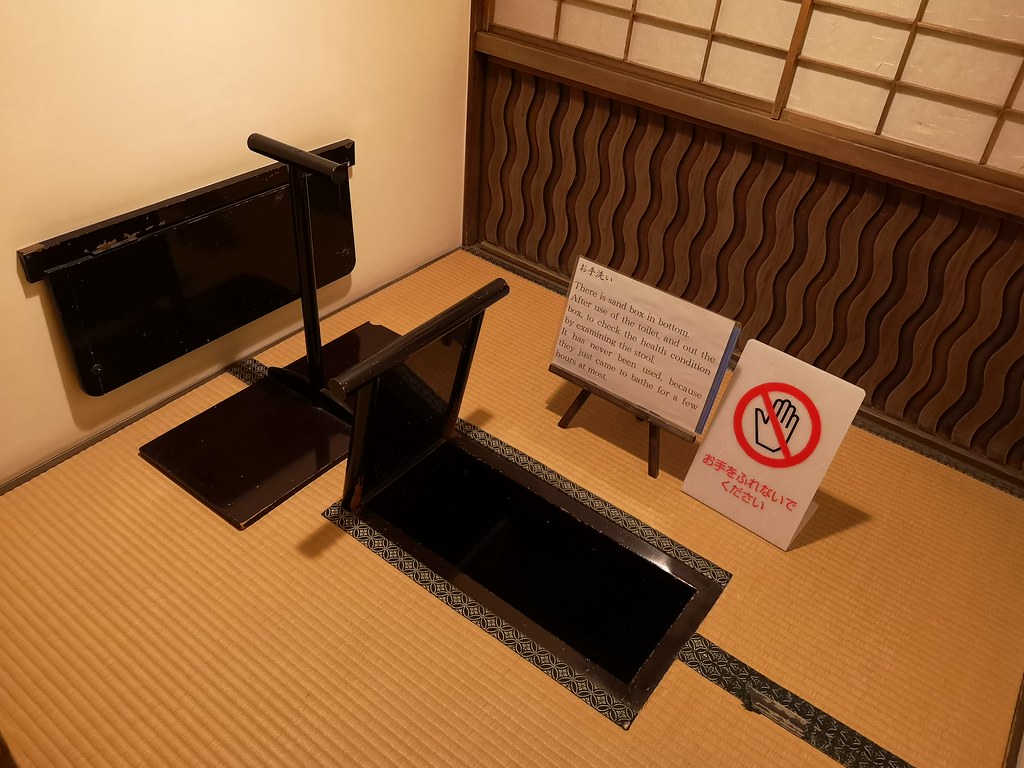
Inside the imperial onsen, things have been kept the way they have been since the building was constructed, including the squat toilet with wooden frame, wooden buckets and the furniture. No-one has used the imperial facilities since 1955, as these days, the imperial family prefers to check in to a hotel with an onsen on the premises. But for the man on the street who has no access to these restricted areas, how is one to know which part of the building the imperial onsen is located? Look for clues in the façade. At the rear of the main building, you will see an oriental dragon gargoyle guarding a certain door with three roofs. That’s the imperial onsen. It takes up only a very small portion of such a massive bathhouse. The hot spring is located on the ground floor, while a rest area occupies the second floor and a private lounge is on the third.
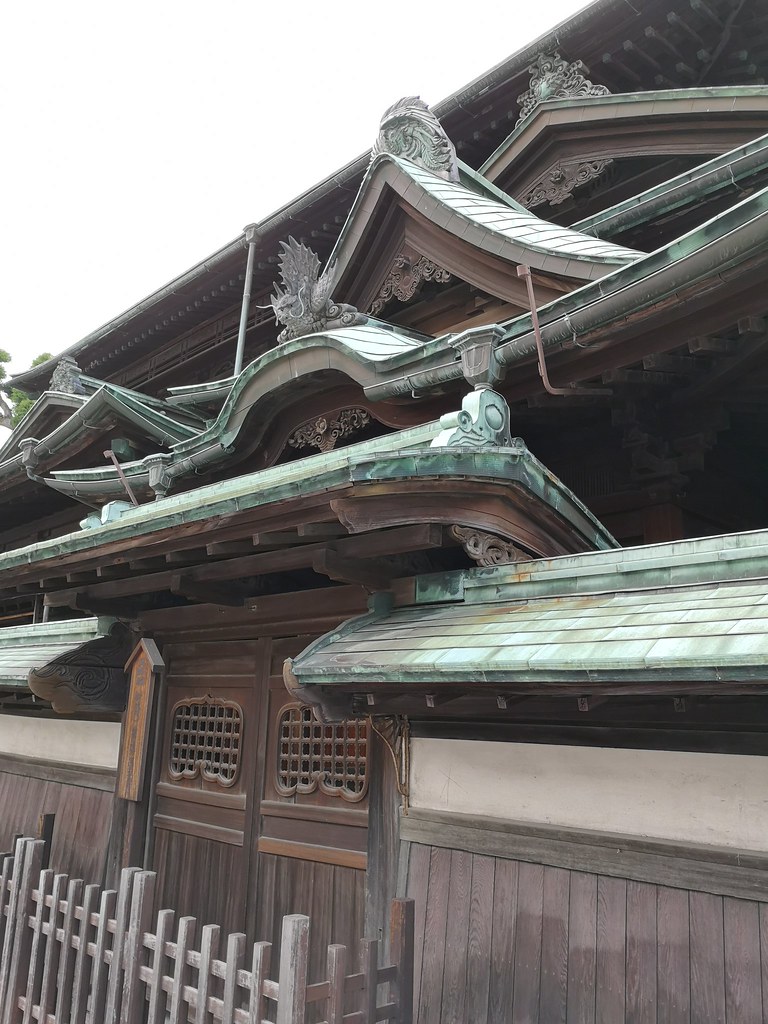
In keeping with tradition, the drum in the small red room at the very highest point in the building is sounded at three intervals every day: six times at 6am, six times at 6pm, and 12 times at noon. This used to serve the purpose of reporting time in the past when there were no clocks.
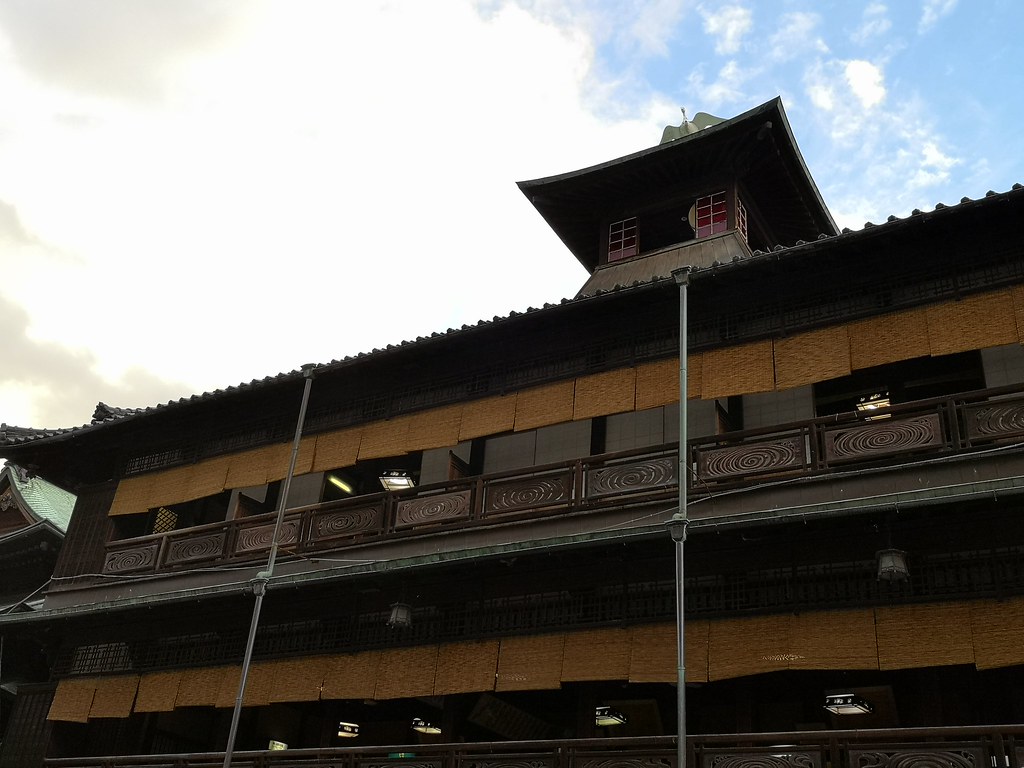
The building relies on natural ventilation for temperature regulation, which means no air-conditioning and no heating. During the summer months from June to September, bamboo screens are put up, and for the colder months from October to May, shoji screens are used. If it gets too hot, a large ice block is put in front of an electric fan to cool the room. Even the water to make tea is heated with charcoal and not gas or electricity.
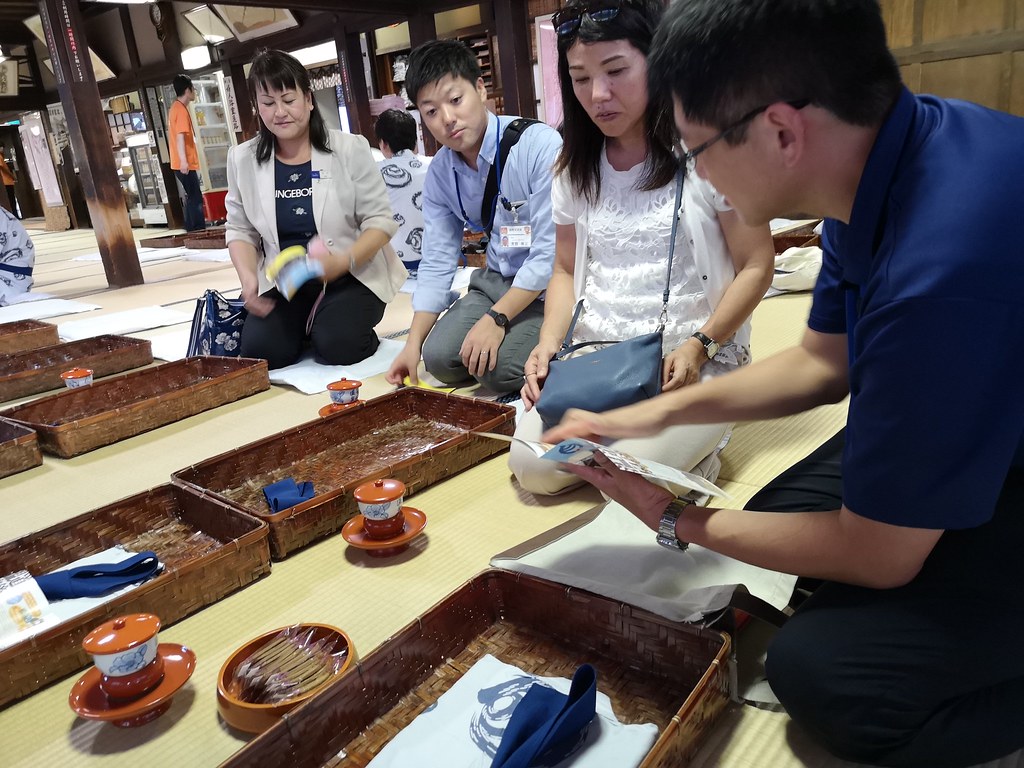

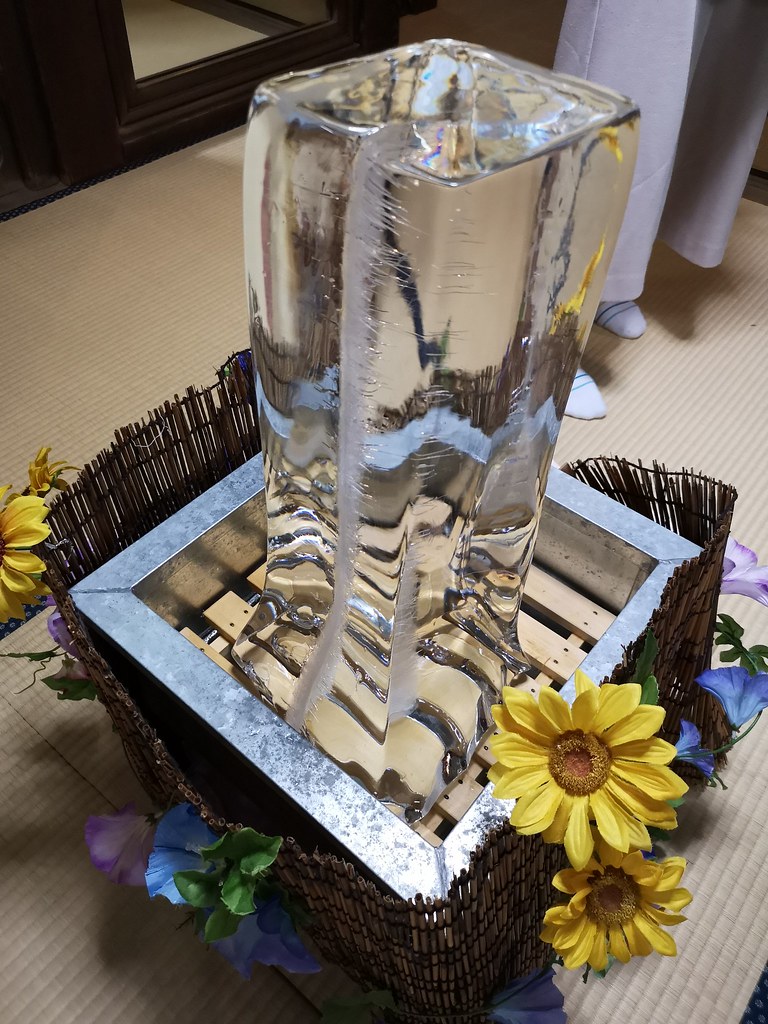
There are 18 streams of water flowing into the hot spring and blended by the staff; water temperature is kept at about 42 degrees Celcius. Two types of onsen experience are available – Kami-no-yu (Water of the Gods) is economy class and Tama-no-yu (Water of the Spirits) is more luxurious.
Opening hours:
6am til late; check at the bathhouse for various closing times.
Prices:
Public bath Kami-no-yu (Water of the Gods) only – 410 yen per adult, 160 yen per child (age two to 11), no yukata provided, no toiletries, bring your own towel or rent one for 40 yen. Kami-no-yu 2F – 840 yen per adult, 420 yen per child, bring your own towel but a yukata is provided, also includes 1h use of the rest area on 2F where tea and senbei will be served, as well as access to the Exhibition Room and Botchan’s Room. Tama-no-yu 2F (Water of the Spirits) – 1,250 yen per adult, 620 yen per child, toiletries provided, both yukata and towel are provided, also includes 1h use of the rest area on 2F where tea and senbei will be served, as well as access to the Exhibition Room, Botchan’s Room and a look at the Imperial Family’s Bath. A detailed fee table is available in English at the ticket concourse area.

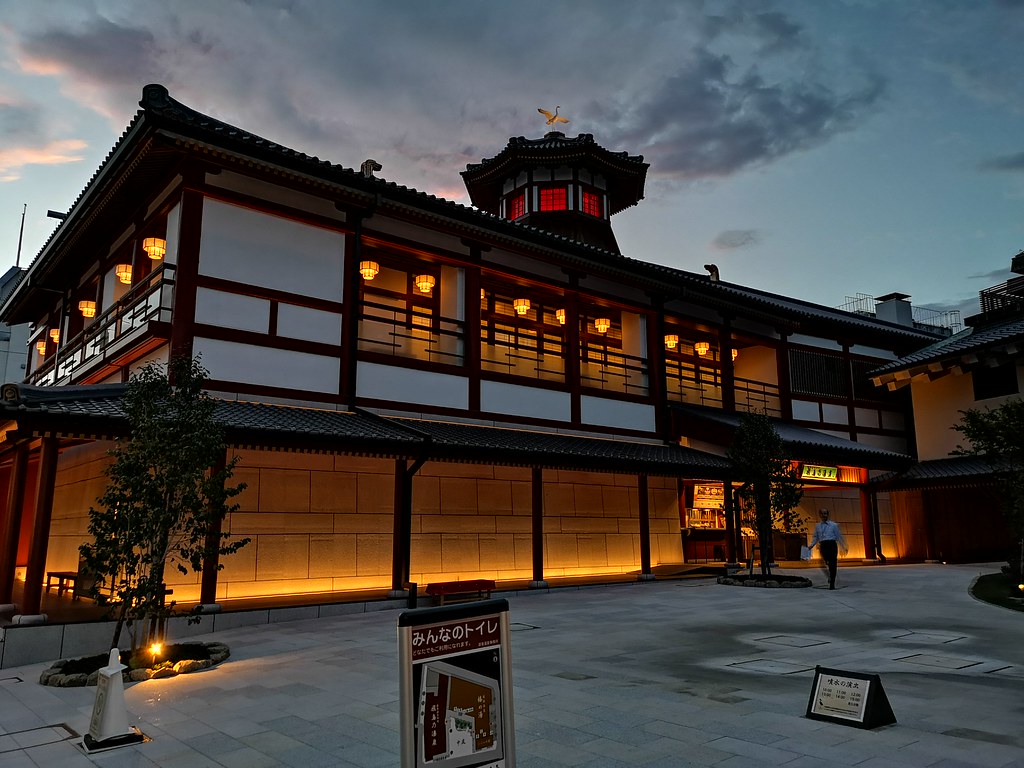
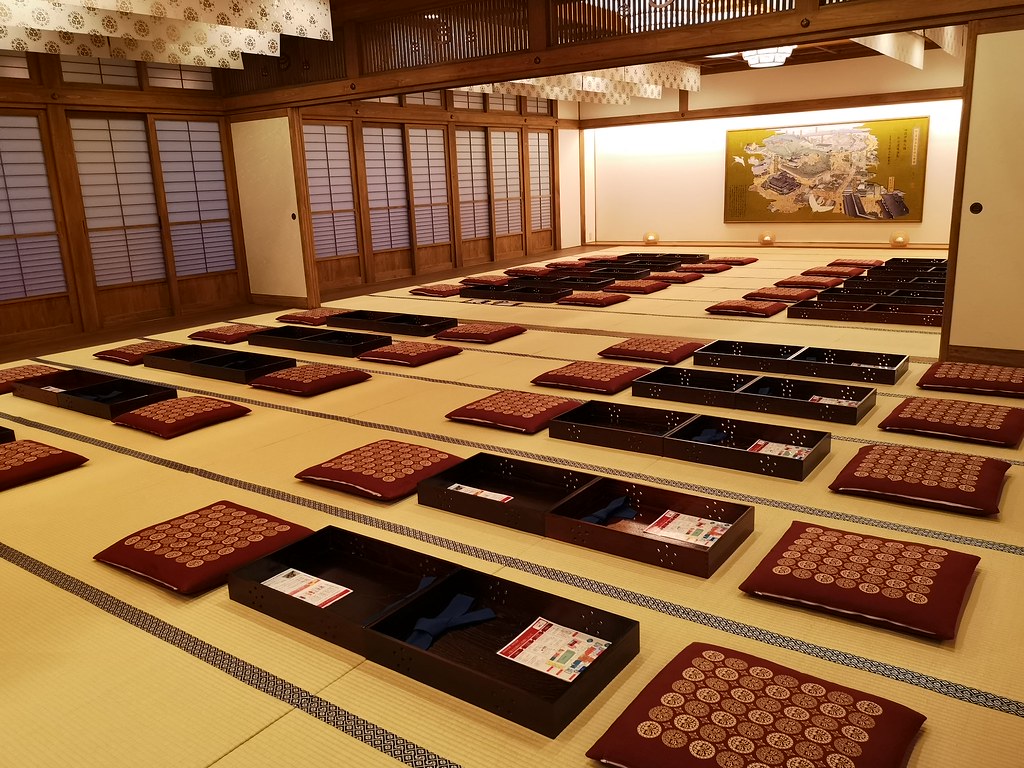
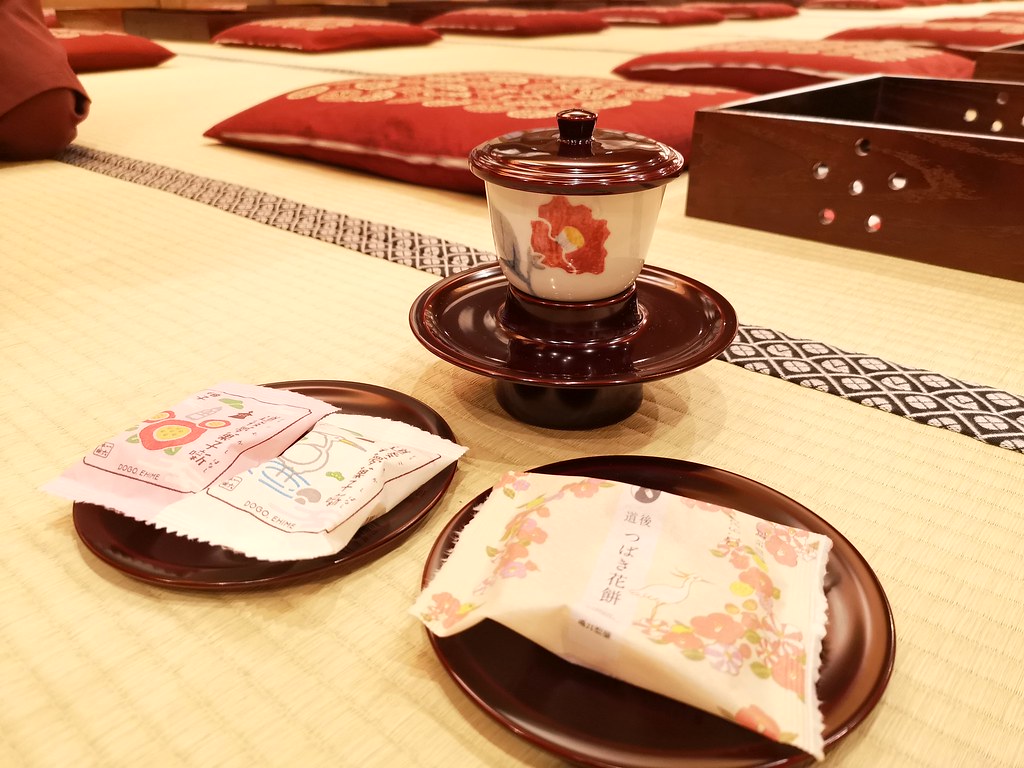

For the onsen-hopper, you might be pleased to know that there are two other bathhouses within walking distance. One is Tsubaki-no-yu and the other is Asuka-no-yu. The latter, which just opened in 2017, offers the ultimate lavish experience. It’s completely air-conditioned, and has five private rooms and two extra special private rooms each with an attached private onsen. I personally think that it’s awesome for honeymooning couples, since most onsen separate the two genders. You just need to remember to set a timer and get out within 90 minutes, because that’s the maximum amount of time you can have the room for.
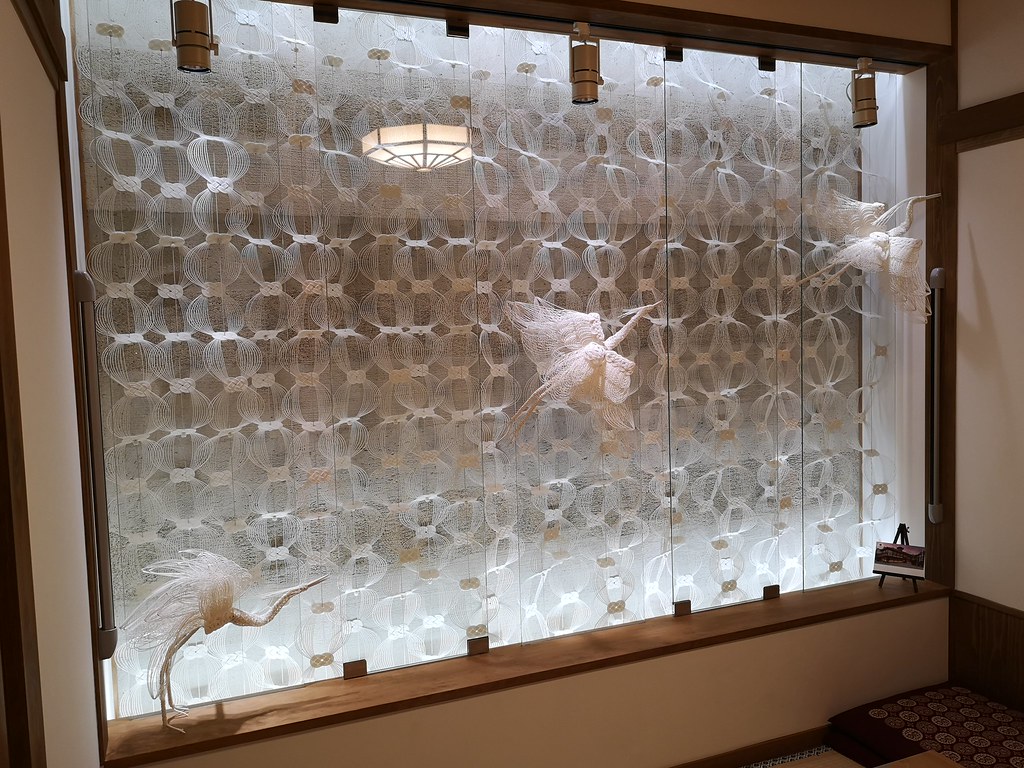
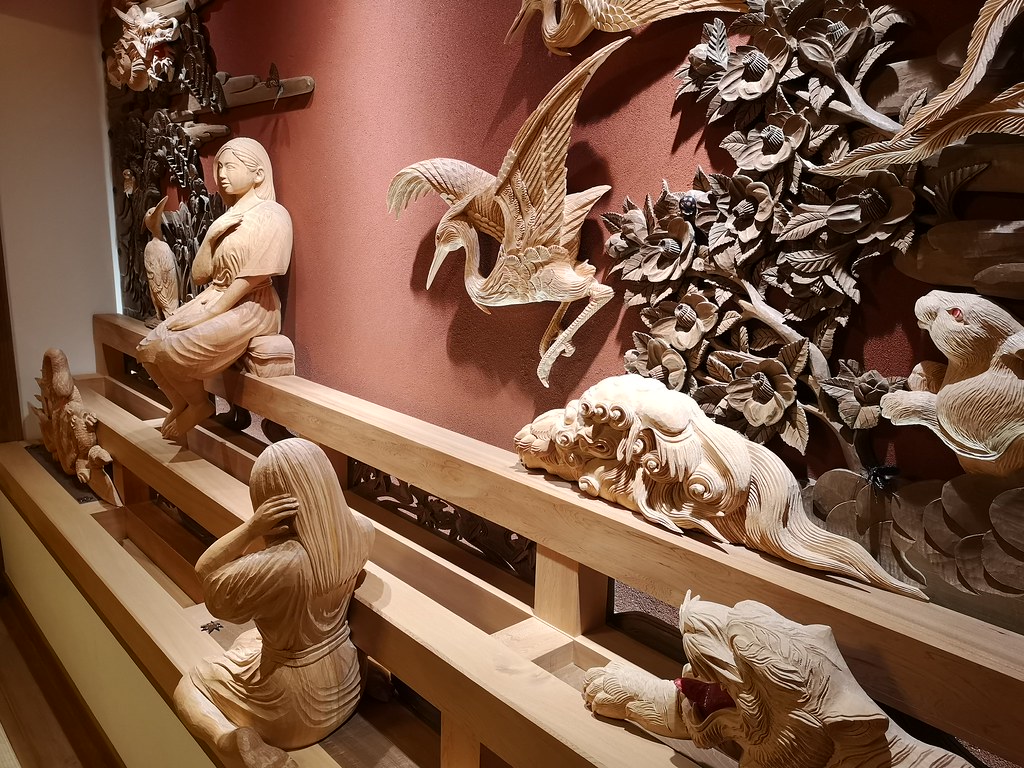
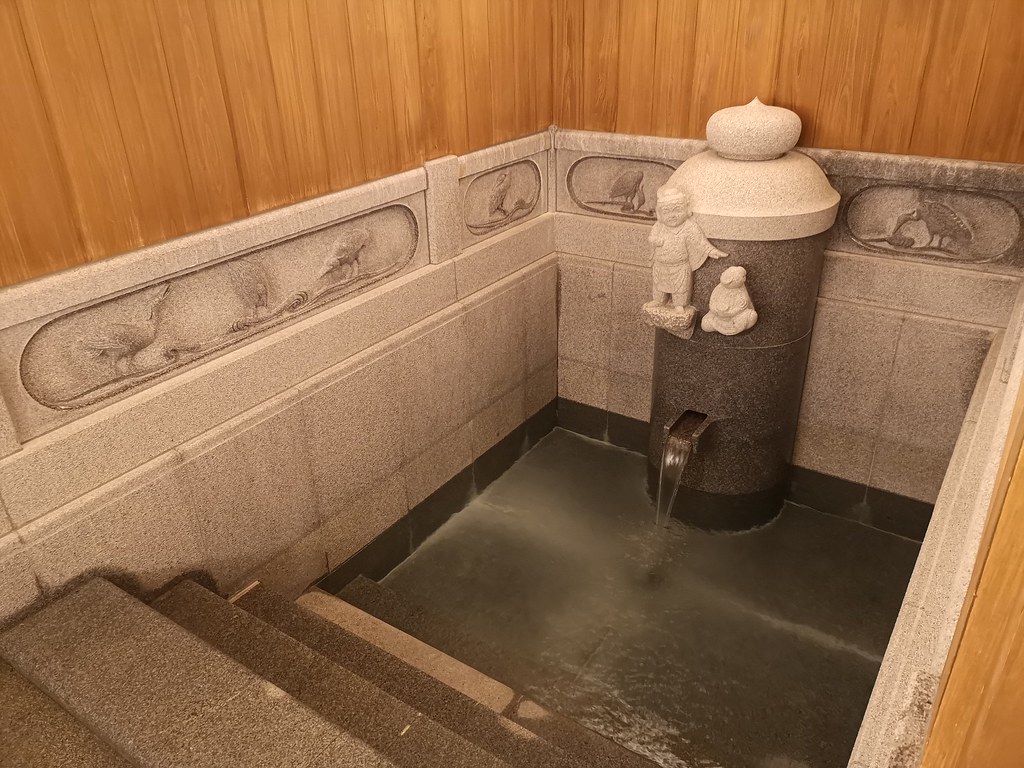
Tattoos are okay at all the onsens. After a relaxing dip at an onsen, you can stroll around the shopping arcade in the area just clad in your hotel’s yukata.

Must-buys:
Japan-designed and woven hankies and Imabari towels.
Point 9: Botchan Karakuri, Hojo-en Square, Botchan Train

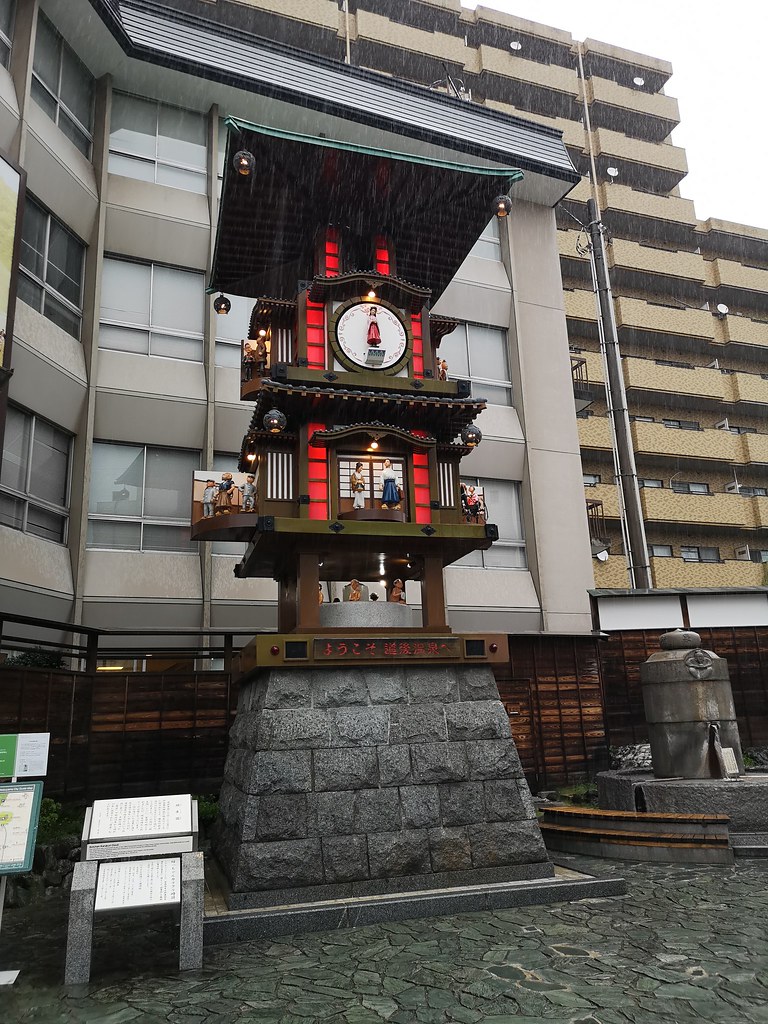
Hit up the Botchan Karakuri (mechanical clock) and Hojo-en Square (foot bath) before hopping on the Botchan Train. The clock was built to commemorate the 100th anniversary of the Dogo Hot Spring Main Building. Every hour, the clock will chime, music will play, and characters from Soseki Natsume’s Botchan will pop out of the clock. You can watch all of this while dipping your feet in the free foot bath at the square in front of Dogo-Onsen Station. At this point you might have seen the Botchan Train parked nearby and thought: “That’s a really huge toy train.” It’s actually in operation, and connects the Matsuyama city centre to Dogo Hot Springs! Watching it choo-choo out from its berth is a truly magical experience. The Botchan Train is a reconstruction of the type of steam locomotives which ran from the 1880s to the 1950s, and a tribute to the Soseki Natsume novel.
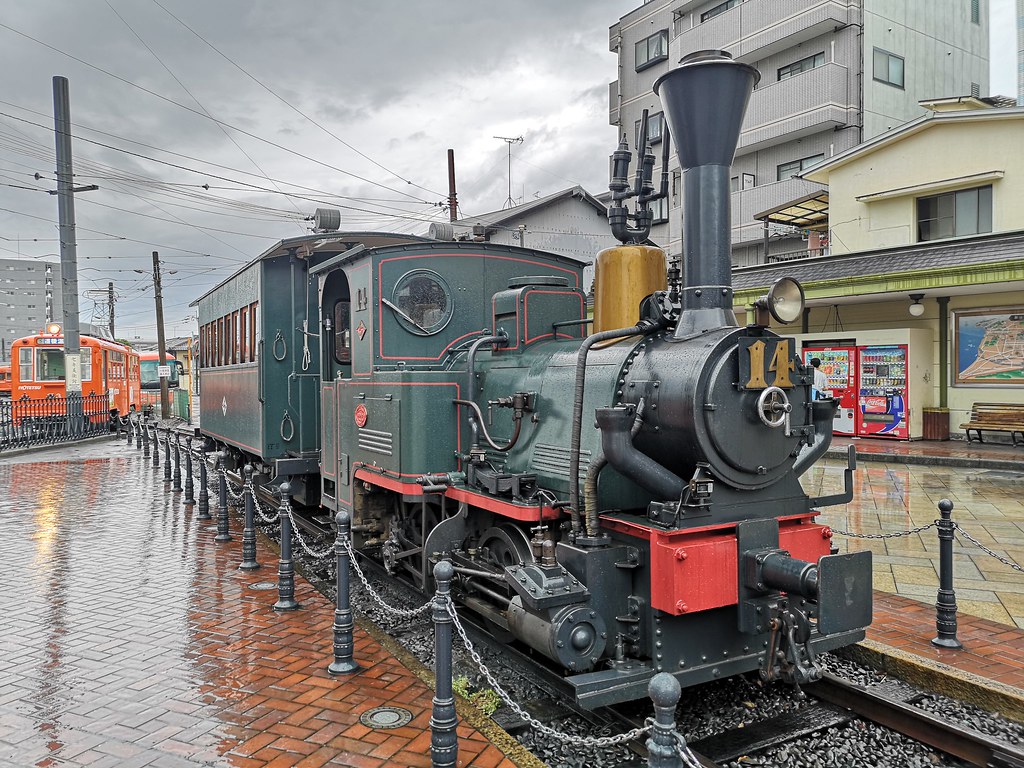
It doesn’t run on coal like the steam engines of yore, but is powered by diesel. The rest is legit old-school though. The seats are wooden, there’s no air-conditioning or heating, and at the terminal, the engineers have to uncouple the engine and the passenger car by hand. The staff who attend to the train wear an especially smart black-and-white uniform with a jaunty cap, and the conductor has a cute oyster clasp handbag for his things.

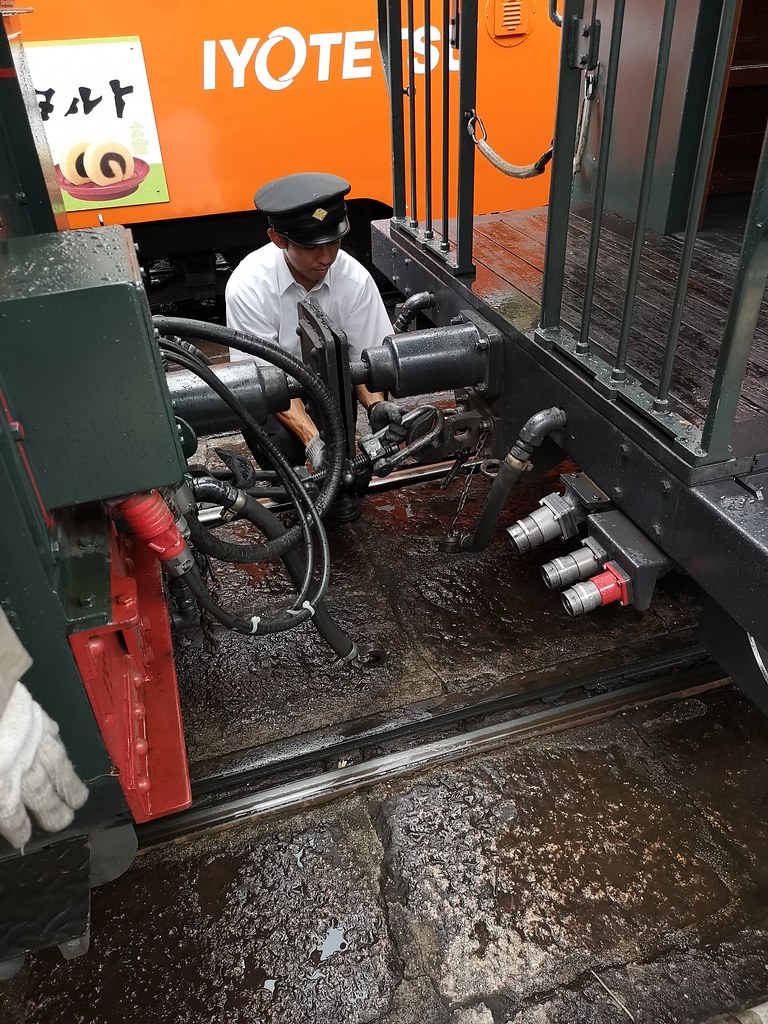
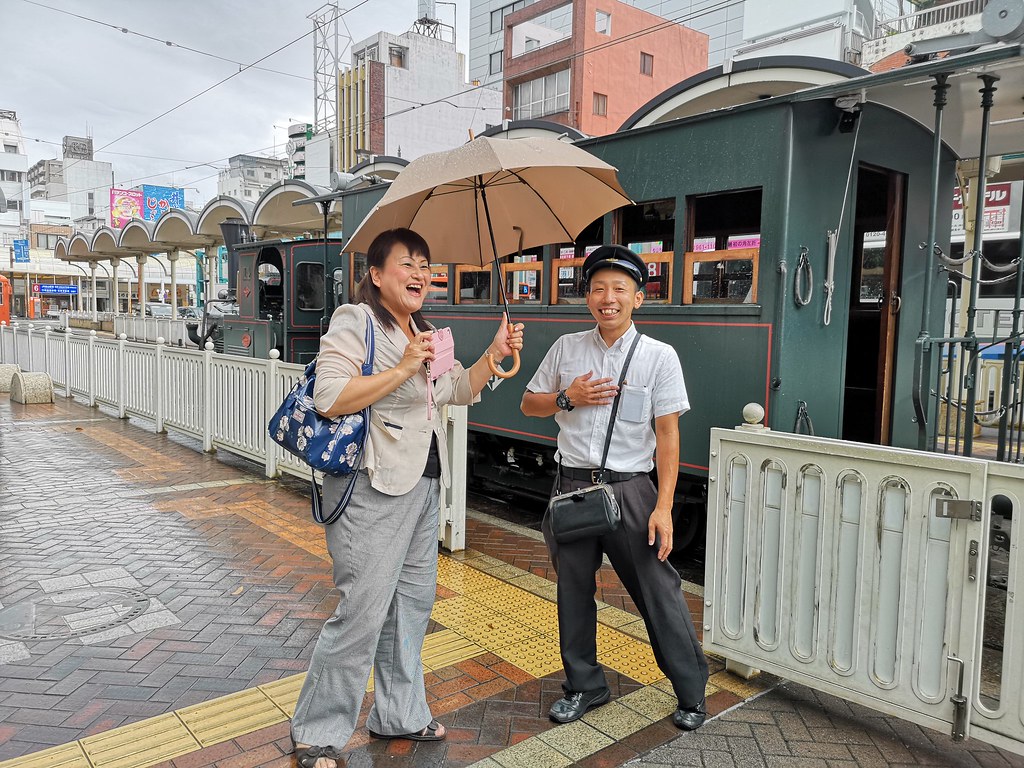

The ticket can only be purchased at the station and not online, but you can check out the train schedule on its official website. Don’t throw away the stub – it can be used to exchange for a ferris wheel ride at Matsuyama city centre.
Prices:
800 yen per adult, 400 yen per child.
Point 10: Tobe-yaki and Tomisoba

Our next stop was a 40-minute drive out of Matsuyama city to Tobe, the hometown of Tobe ceramics. You would definitely have seen Tobe porcelain before – they’ve a white base with handpainted designs, usually in indigo. At the Tobe Sightseeing Center Ennosato, we tried our hand at decorating a ready-made ceramic cup. For inspiration, you might want to take a look at the ceramic ware already on sale before you start on your own. You can’t collect your masterpiece on the spot though. Ennosato will mail it to your home address after glazing and firing your piece.
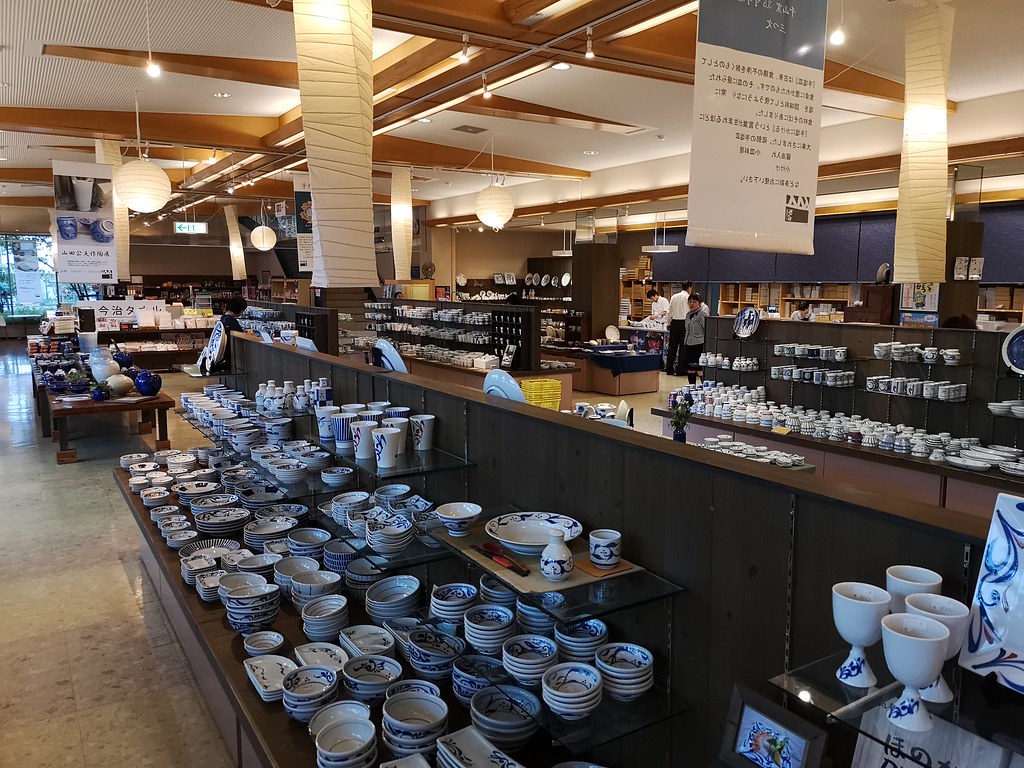
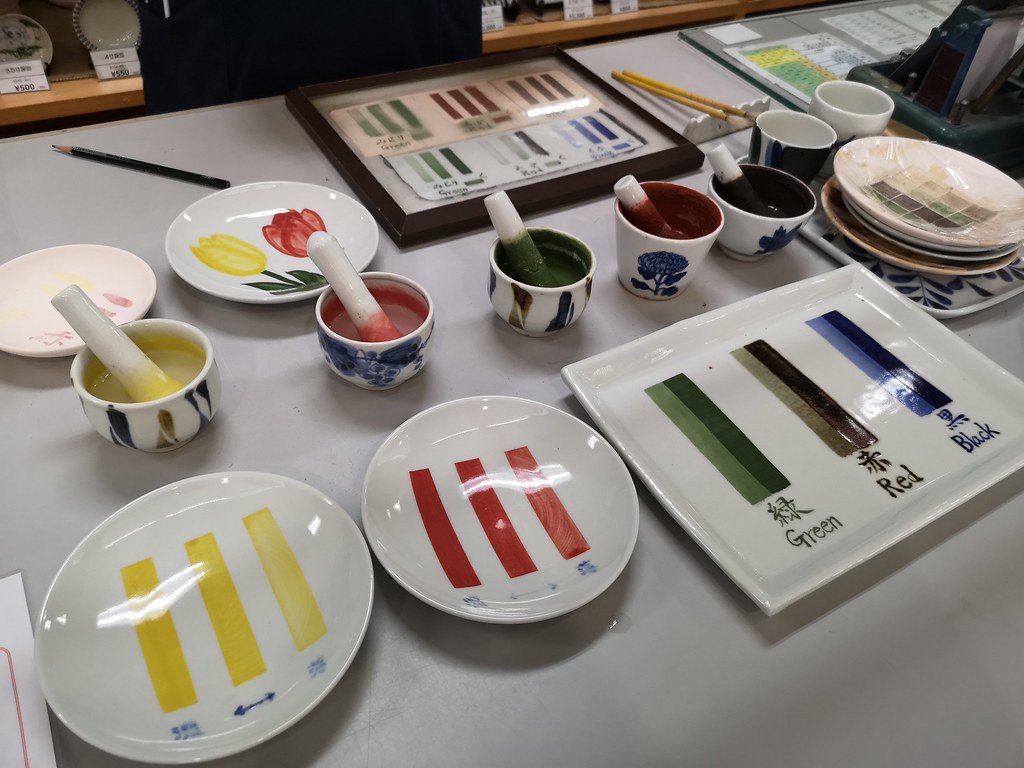

When you’re done, head to Tomisoba (address: 485 Ominami, Tobe-cho, Iyo-gun 791-2132, Ehime Prefecture) for a satisfying meal of homemade buckwheat soba. It’s listed in the 2018 Michelin guide, so you want to head to this tiny 24-seater restaurant early to avoid a queue. A meal at the meticulously decorated Tomisoba is a delightful experience.
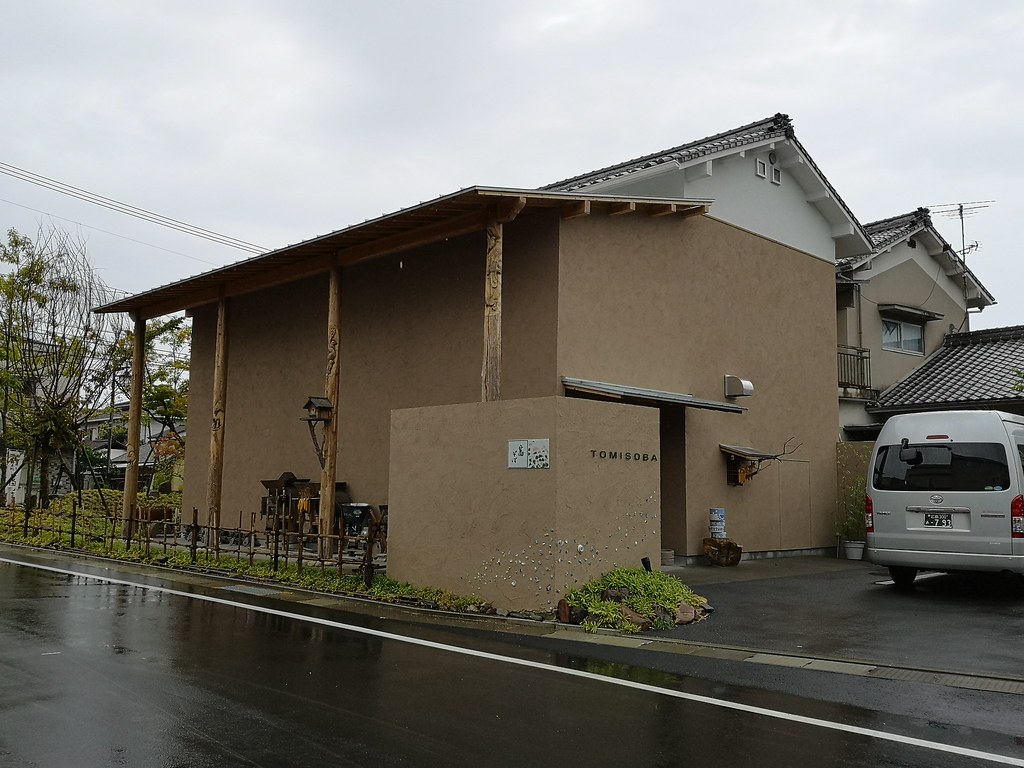

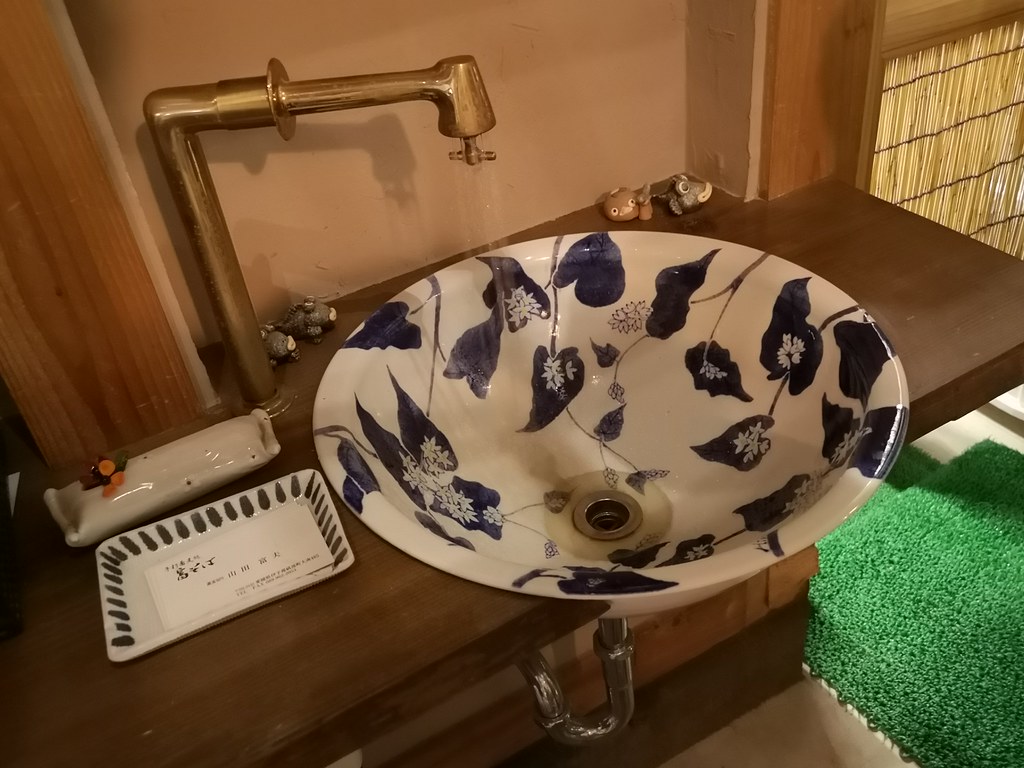
Three years ago, the owner, Yamada Tomio, decided to convert his own residence into a restaurant. Each nook and cranny has been utilised to showcase Tobe’s heritage. The walls, the lamps, wash basin – you’ll find beautiful Tobe-yaki everywhere you look.
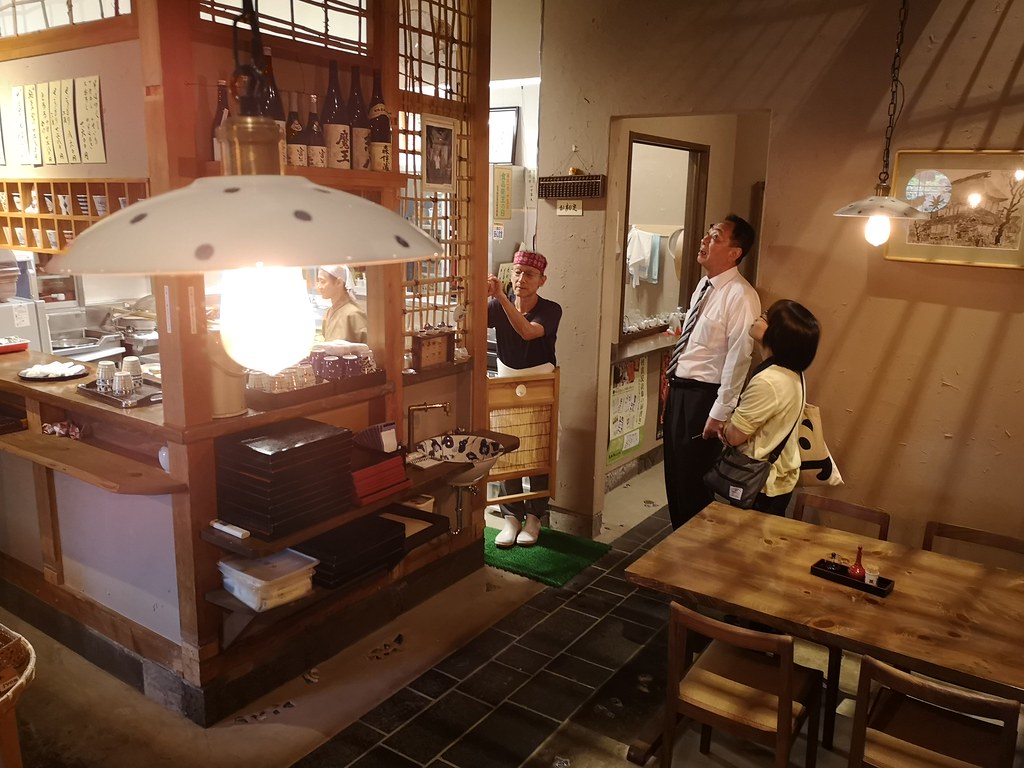

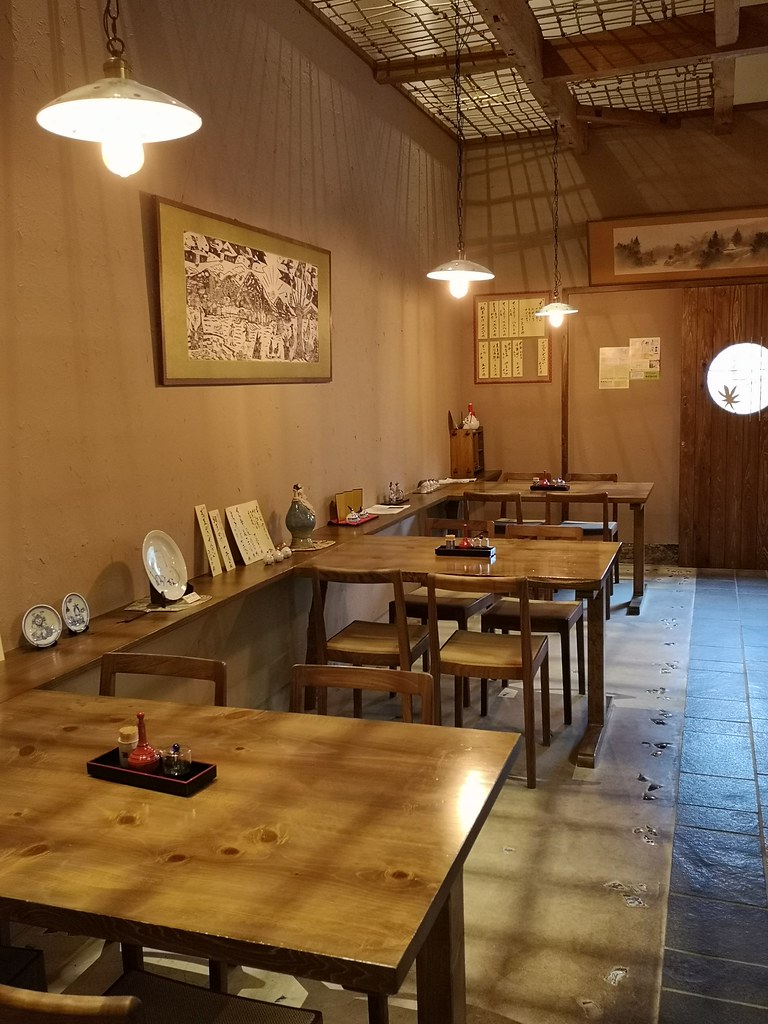
Must-eat:
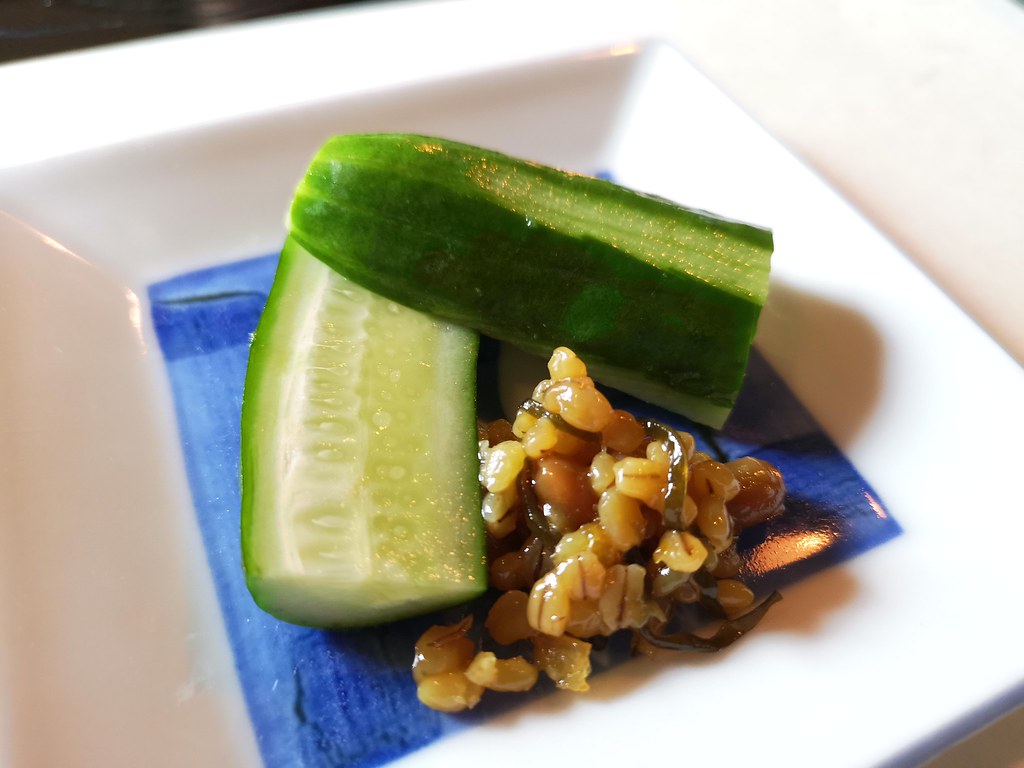

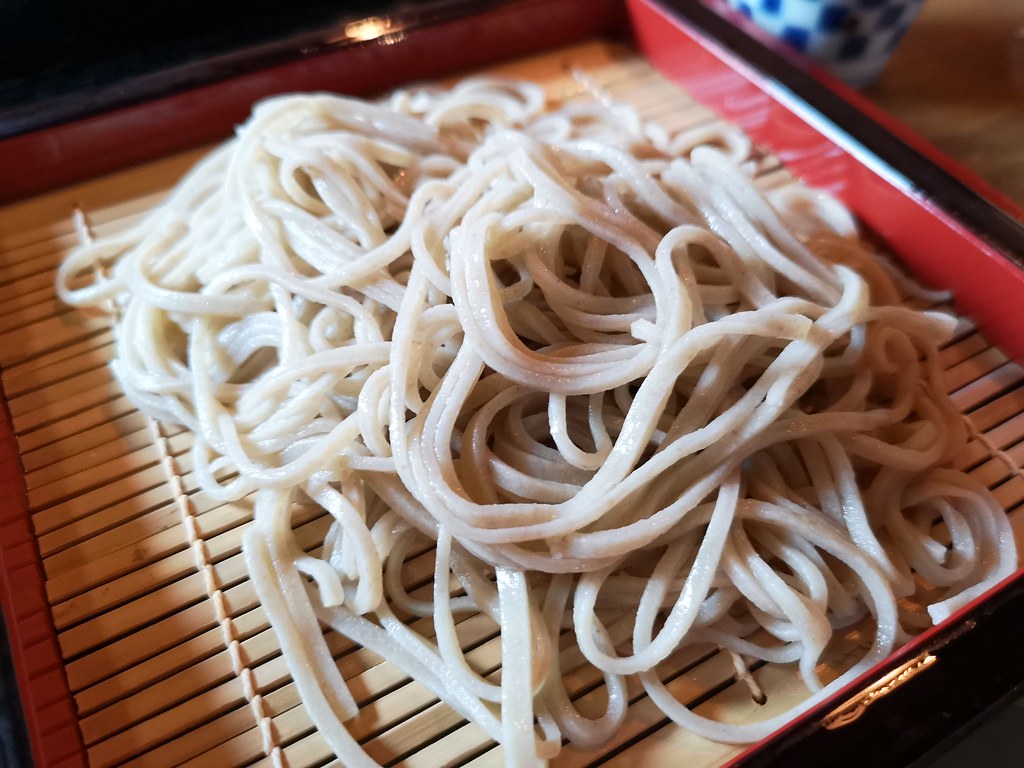
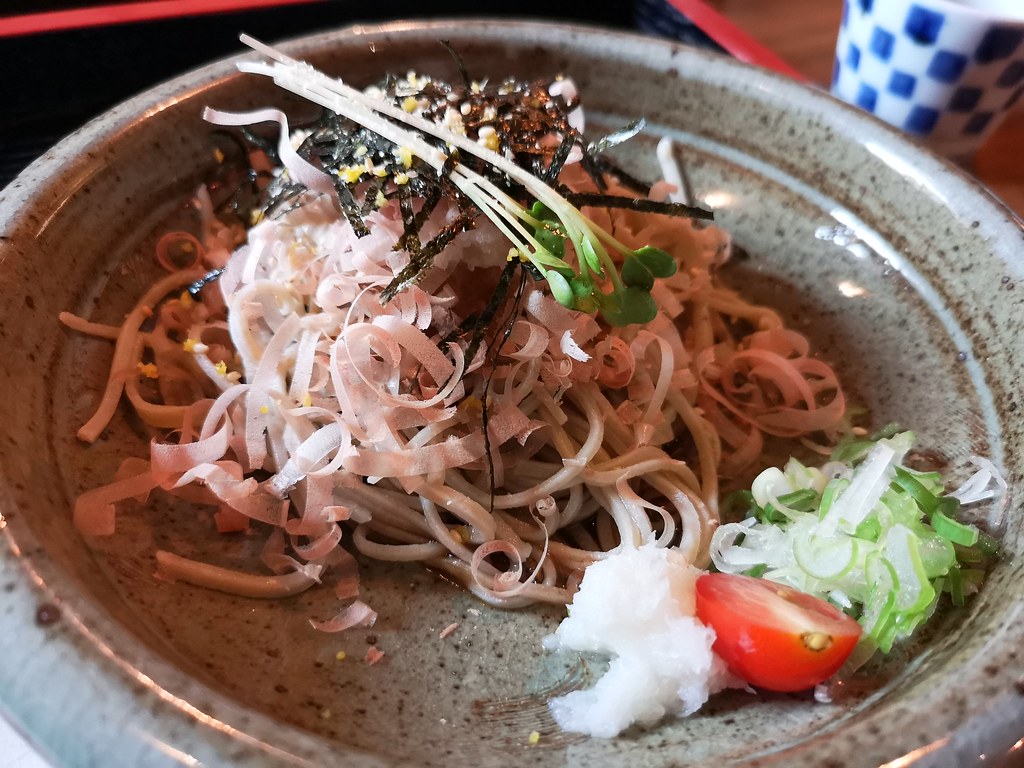

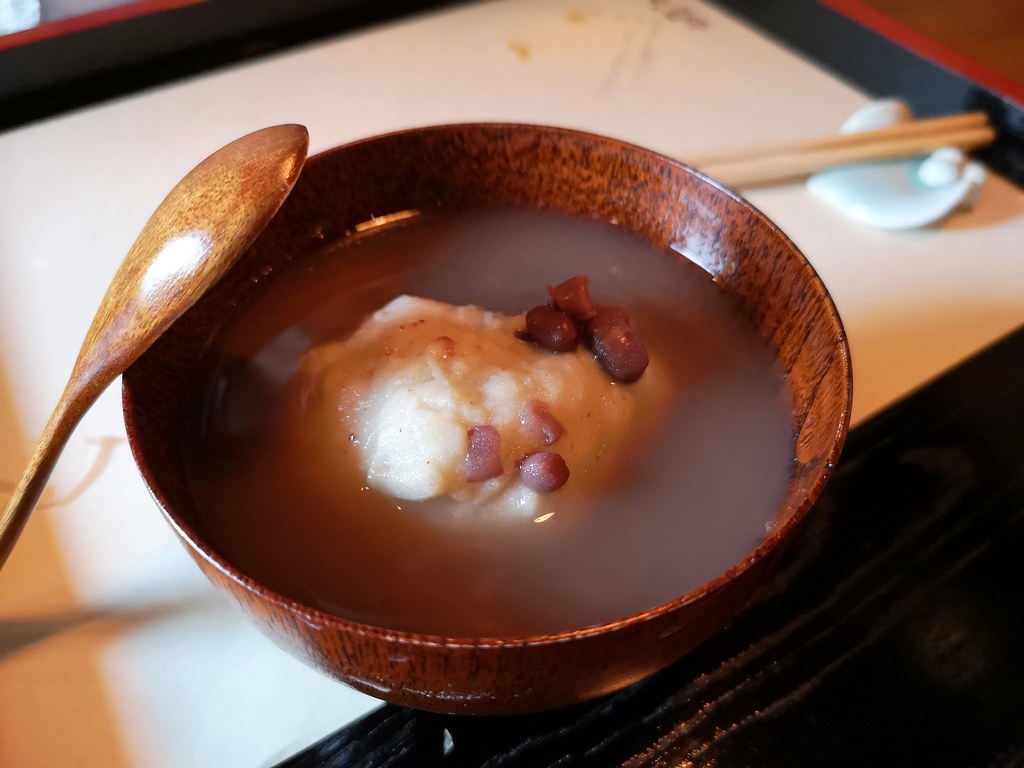
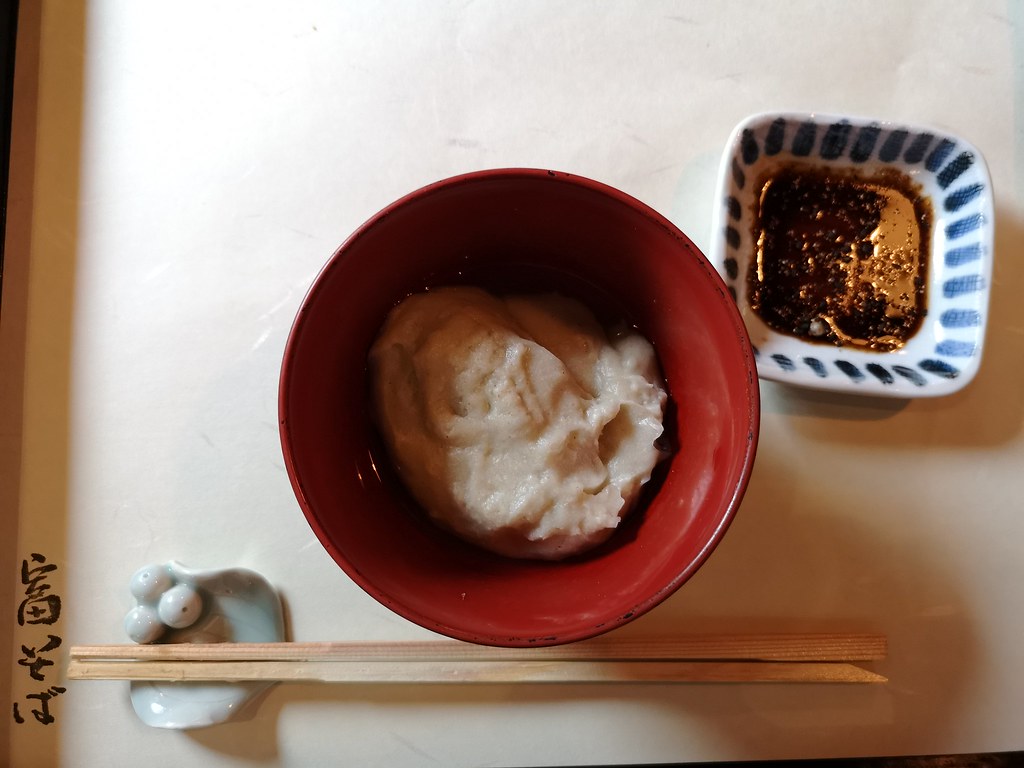
Go for the Soba Zukushi set, which only costs 1600 yen and features four courses. The soba is al dente and has just the bite, and everything else is just perfect. Be warned though, that there’s no English menu here and the hosts speak only Japanese.
How to get here:
Self-drive. For more information on Ehime, visit the official Visit Ehime Japan website. Tomisoba is our very last stop before travelling to Okayama!
To read Part 1: Hiroshima, click here.
To read Part 3: Okayama, click here.












